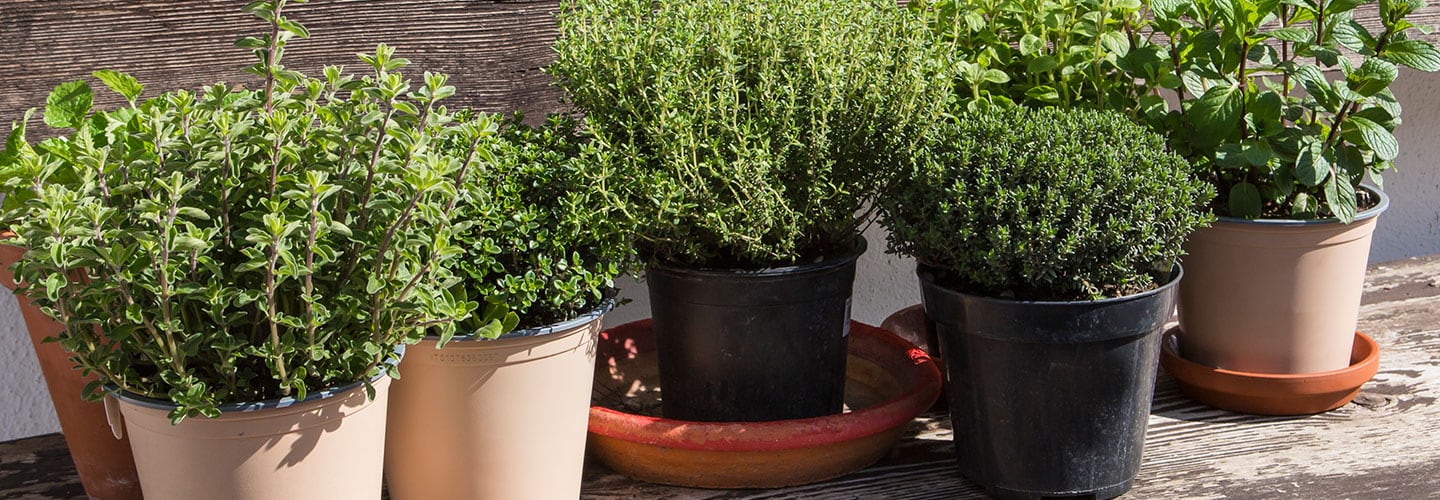Originally created to help gardeners and landscapers do their jobs throughout the United States, the United States Department of Agriculture’s (USDA) Hardiness Zone Map serves as a directional guide for planting depending on where one is in the country—helping you determine which plants have the best chance at surviving and thriving—year after year—in different locations.
The idea sprang from the US National Arboretum in Washington where a team put together a similar concept in 1960. The map they created spread across the country and was used by many American growers. So in 1990, the USDA revised that map and created a new one using newly discovered data points to shape further distinctions among the zones.
Now a standard, this map uses the average annual extreme minimum temperature to divide the country into different zones where each zone is 10° different from adjacent zones. For growers, it’s key to keep an eye out for hardiness zone references when buying plants and preparing for springtime.
Head over to the USDA’s Hardiness Zone Map’s website by clicking here and enter your zip code to figure out your zone. Feel free to explore their state maps for a more granular look at the temperature differences in different counties.
Got your zone? Excellent, memorize it so you know which plants are best to purchase when planting season arrives. For instance, if a plant says “suitable for zone 4” that means it can handle a minimum temperature between -30°F and -20°F. Here’s a quick and general overview of the zones:
Zones 1 and 2
For the most part, these zones are in Alaska so many growers won’t have to deal with it. Plants rated for this zone can handle the most frigid temperatures as this area can have winter temperatures that fall below -50°F. Only the most hardy plants such as silverberry can survive here.
Zones 3 and 4
These zones cover Montana, North Dakota, Minnesota, Wisconsin, and Maine, and it’s best to plant in Mid-May. Plants such as the common juniper and goldenrod are rated for these zones and can withstand temperatures between -40°F to -20°F.
Zone 5 and 6
These zones form the middle of the country across the Midwest, Northeast, and Pacific Northwest. With winters that reach down to 0°F and humid summers, it’s best to plant here in April.
Zones 7 and 8
This is where the country starts to heat up, and winters rarely if ever go below 0°F. From the upper northwest of the country to most of the south, you can start growing appropriately rated plants in these zones from March to April and end up with thriving plants.
Zones 9 and 10
These zones love the warmth, and native plants thrive in it. Plants here love the heat but can survive winters that dip to 20°F and 30°F. Covering California, Texas, and Florida, these zones see plants such as the asparagus fern, dahlia, and palmetto palm tree.
Zone 11
This zone covers Hawaii and loves tropical plants that thrive in year-round heat. Feel free to plant anytime during the year as there’s no chance of frost during the winter.


